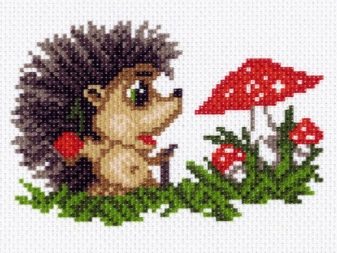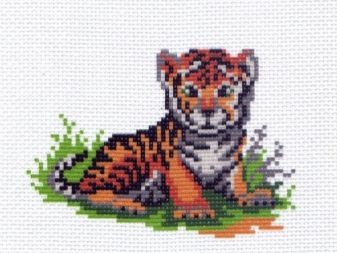Everything you need to know about cross stitch fabrics
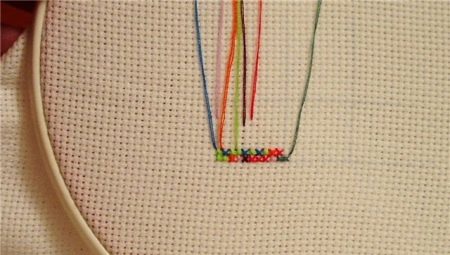
Cross-stitching is a fairly common hobby that does not require special skills and the purchase of expensive materials. The result of creative work is largely determined by the type and quality of the fabric that you use, so the choice of canvas must be approached carefully and responsibly.
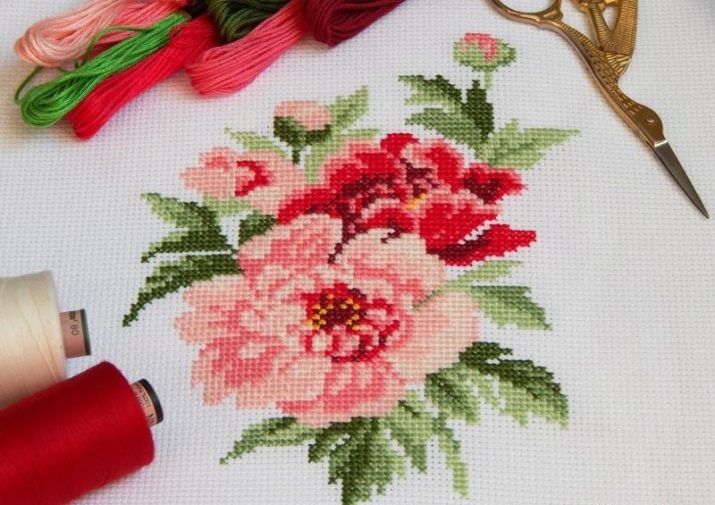
Views
Cross stitch fabrics vary in density and fabric uniformity. A more uniform base is called a canvas, since the size of its cells is quite small, due to which it is more difficult to work on it, but in the end it is possible to create a work with high detail. For beginners, a canvas with larger cells is perfect - it is easier to work with and can be used to fill your hand.
Especially for beginners who want to practice, there are kits with pre-printed patterns and overlaid canvas. With these kits, you can teach the art of embroidery to children of any age.

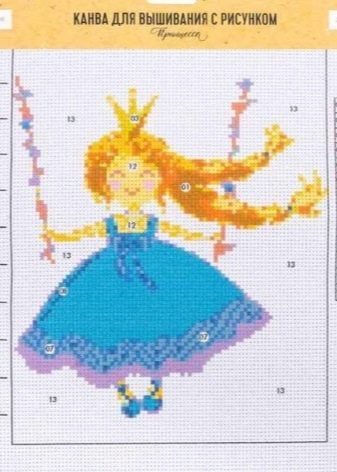
Canvas
Canvas is the basis for cross stitching with well-defined checks, making it easy for beginners to work with.
It is often used to teach embroidery to small children.
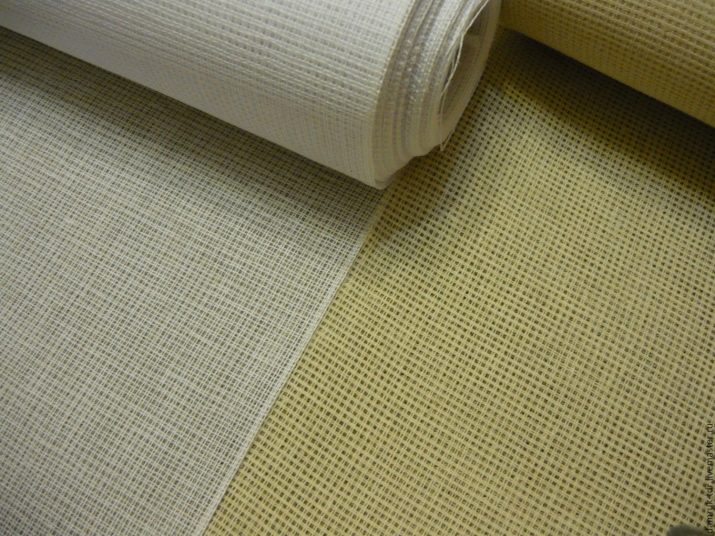
The canvas is divided into several types, which differ in density and size of the hole for the needle. Each of them is designated by a certain number - the lower the value of the number, the less and the density of the canvas:
-
№ 7 - fabric with very large cells, children and beginners embroider on it;
-
№ 11 - this canvas is suitable for decorating interior items such as towels or curtains;
-
№ 14 – this option is suitable for creating colorful paintings of medium complexity;
-
№ 18 - used by experienced embroidery masters, allows you to create complex work with high detail.
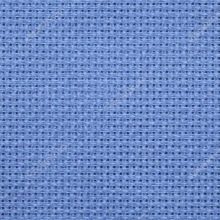
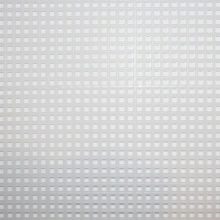

The canvas can also be of different composition and purpose:
-
waybill - it is applied to the main canvas in order to achieve a neat result when embroidering work with a volumetric texture, upon completion of the picture, the canvas is pulled out along a thread;
-
water soluble - according to its purpose, it does not differ from the consignment note, however, it has another way of removing it from the finished work, which consists in soaking the embroidery in water with a high temperature;
-
plastic - used for decorating volumetric decorations, for example, postcards, Christmas tree decorations, various souvenirs;
-
stramin - it has large cells and a rigid structure, it is convenient to embroider on it with woolen threads.

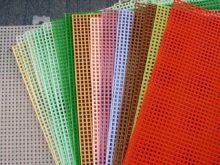
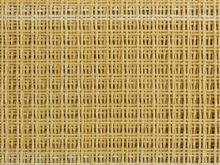
Linen
Linen fabric combines density and lightness, therefore perfectly retains the pattern, is the most popular and high-quality fabric for embroidery.
Due to the variety of the color spectrum, you can create truly unique paintings on it, embodying almost any creative idea.
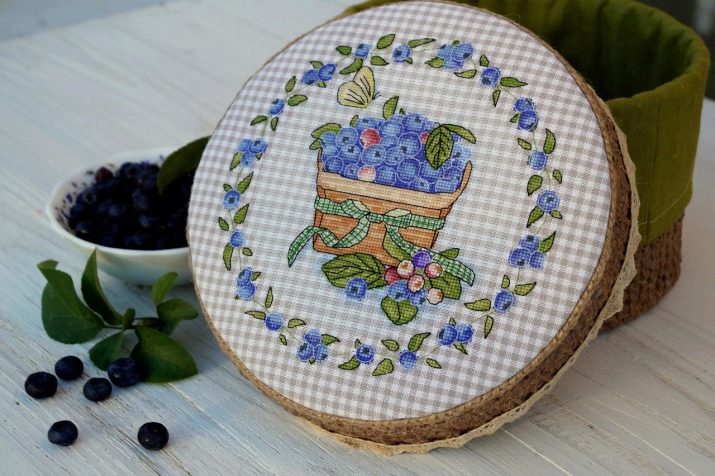
Linen is numbered based on the size of the holes for the thread, while the numbers in the number indicate the number of crosses that fit in an inch of linen. A denser fabric will correspond to a larger number, and vice versa:
-
№ 18 - used for embroidery using one thread;
-
№ 25 - makes it possible to embroider work with two threads, suitable for people with little experience;
-
№ 32 - designed to decorate clothes and upholstered furniture;
-
№ 36 - will allow you to make real paintings with many subtle details.
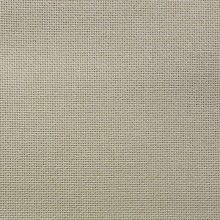
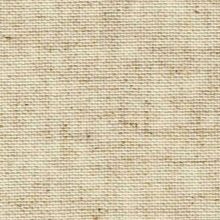
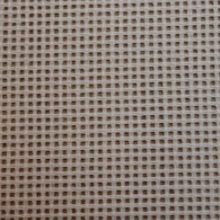
Mixed
The blended fabrics are used only by experienced craftsmen and enable the creation of true masterpieces, intricate tapestries and home textiles. Such a base has a higher density than canvas, and is called a canvas.
It is more difficult to embroider on it, however, due to the nature of weaving with small cells, you can achieve high detail and embroider not only still lifes or landscapes, but also portraits.

Such fabric is subdivided into several types.
-
Lugana - soft and smooth fabric of equal proportions of cotton and silk. Ideal for decorating home textiles.
-
Floba - used for embroidery of kitchen towels, tablecloths and napkins, consists of viscose and cotton.
-
Bellana - less dense, but similar in composition to lugan fabric.
-
Viena - fabric with a large selection of bright colors, composed of 62% cotton and 38% viscose, suitable for not only cross stitching, but also satin stitch.
-
Quaker - half linen and half cotton, the fabric is ideal for multicolor embroidery.
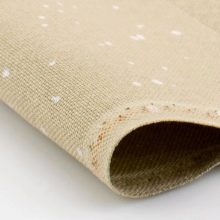
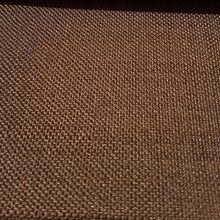
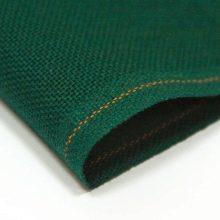
Other
For cross stitching, in addition to linen and canvas, you can use other fabrics as a base. For example, if you need to decorate pieces of furniture or clothing with embroidery. In any case, which one to choose depends on your goals and skill level.
For cross stitching, in addition to linen and canvas, other fabrics are also suitable.
- Cashmere - used for sewing outerwear, rather soft fabric with a dense structure. The embroidery can be decorated with beads, beads or rhinestones.
- Chintz - soft and comfortable fabric, suitable for any type of embroidery, including cross stitch. Does not fade, has sufficient density to hold the pattern.
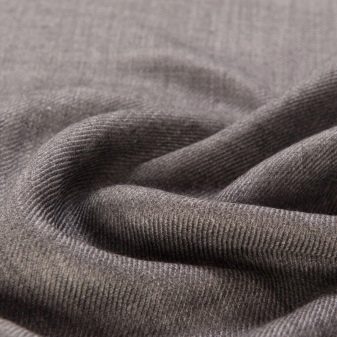
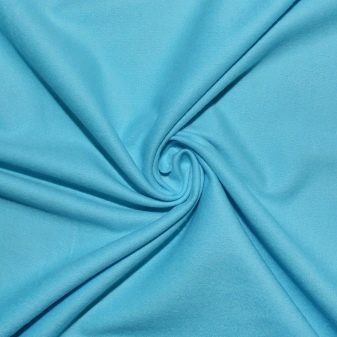
Top manufacturers
The best manufacturer of fabrics for embroidery is considered to be Zweigart... Their "Aida" canvas has become widespread due to the versatility of sizes and good density of the 100% cotton base.
The fabric has a wide color palette; you can buy it in rolls or in the form of a ribbon with a finished edge. The most popular fabrics are as follows.
-
Aida No. 8 - suitable for teaching beginners and children, 32 stitches with a cross will fit in 10 cm of such a canvas.
-
Aida No. 16 - twice as dense fabric as No. 8, allows you to embroider in two strands.
-
Aida No. 20 - allows you to perform more detailed embroidery with one thread, 72 crosses are placed in 10 cm of this base.
Chinese cross-stitch kits are also popular. They include linen, embroidery patterns and floss threads and are also good value for money.
Everything is provided in such kits, so if embroidery is your hobby, the kits will be the perfect option for you, as well as if your goal is to improve your skills in this craft.
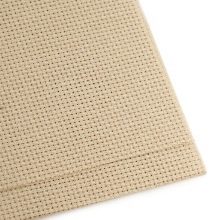
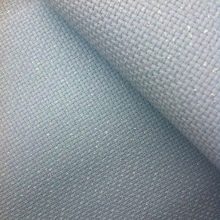
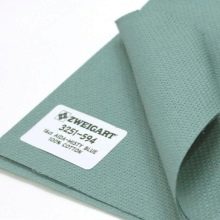
Size calculation
The first thing you need to know in order to calculate the amount of fabric for embroidery is the size of the picture itself for embroidery. The calculation of the canvas is made according to the following formula
A = X * 32: 10 + 5.
-
A - the area of the canvas.
-
NS - the number of crosses located vertically and horizontally along the edge of the canvas.
-
32:10 - the number of cells that fit in 10 cm of the canvas. In order to find out this information, you need to determine the canvas number, and find out the number of crosses that can fit. This number depends on whether you have chosen a small or large canvas, they differ in density, respectively, the more crosses in 10 cm fit, the denser the basis for embroidery.
-
5 - indent from the edges, which must be left for reasons of convenience in work.
You can see a detailed example of calculating the canvas for embroidery in the following video.
How to mark up correctly?
In order not to constantly count the cells, and not to make mistakes during embroidery, the canvas after calculations must be marked. Marking will help avoid mistakes and simplify the sewing process, as it will be a guide and a guide for you.
There are various ways to mark up, the following two being the standard ones.
- Thread marking - one of the most reliable, but labor-intensive methods, therefore, it is less often resorted to if the embroidery is too voluminous. The advantage of this choice is that the thread will not leave unnecessary traces, and at the same time, it will not disappear or be erased at the stage when it is still needed. There is a special thread for the marking grid - monofilament. It has a smooth texture that allows you to embroider directly over the thread and does not need to be removed later.
- Marking with a pencil or felt-tip pen - saves time, but also has a number of disadvantages. The advantages of this method will be that special markers and pencils are easily washed off with cold water, and with their help you can make a mesh of thinner lines than when using threads. However, there is a risk that the markings can be erased prematurely, especially if the embroidery is stored in a damp room. Also, the marker can leave spots on the colored canvas - this is due to a possible chemical reaction between the dyes.
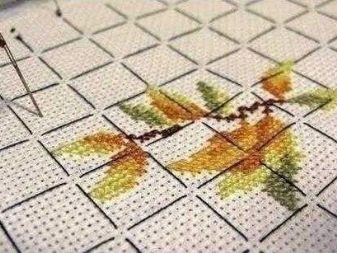
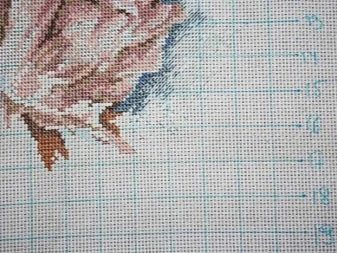
Regardless of the method chosen, you need to start the marking by finding the center point, for which the fabric is folded in half twice... After that, through this point, you need to draw the canvas with two lines - horizontally and vertically. Next, you should line up the rest of the canvas, observing the intervals according to your embroidery pattern. When making the markup, try to check it against the diagram as often as possible in order to avoid mistakes that are difficult to correct. When finished, check if everything is correct, because once the embroidery has started, it will be difficult to transfer the incorrectly positioned element.
In addition to these methods, it is possible to avoid making markings using an already marked canvas. These items are sold in specialty stores and are often included in cross stitch kits. The lines of such markings disappear after washing the finished work in cold water. However, it must be remembered that the first wash of such a fabric should not be done in hot water - this may cause the mesh to be imprinted on the embroidery and it will be impossible to erase it.
Therefore, if you do not want to waste time on marking, and at the same time get high-quality embroidery without gaps, this canvas will be an excellent option.It is worthwhile to study all the nuances of its use in advance, and only then start work.
